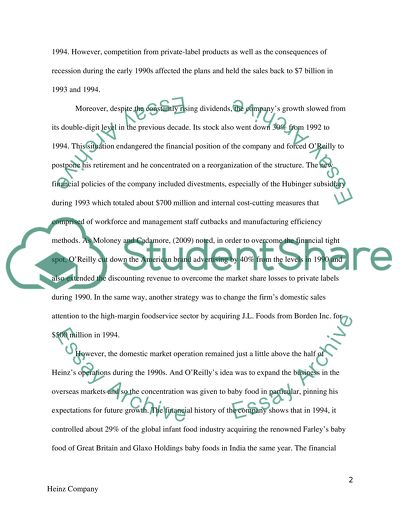Cite this document
(Financial History of Heinz Company from 1990 Research Paper, n.d.)
Financial History of Heinz Company from 1990 Research Paper. Retrieved from https://studentshare.org/finance-accounting/1437825-heinz-company
Financial History of Heinz Company from 1990 Research Paper. Retrieved from https://studentshare.org/finance-accounting/1437825-heinz-company
(Financial History of Heinz Company from 1990 Research Paper)
Financial History of Heinz Company from 1990 Research Paper. https://studentshare.org/finance-accounting/1437825-heinz-company.
Financial History of Heinz Company from 1990 Research Paper. https://studentshare.org/finance-accounting/1437825-heinz-company.
“Financial History of Heinz Company from 1990 Research Paper”, n.d. https://studentshare.org/finance-accounting/1437825-heinz-company.


